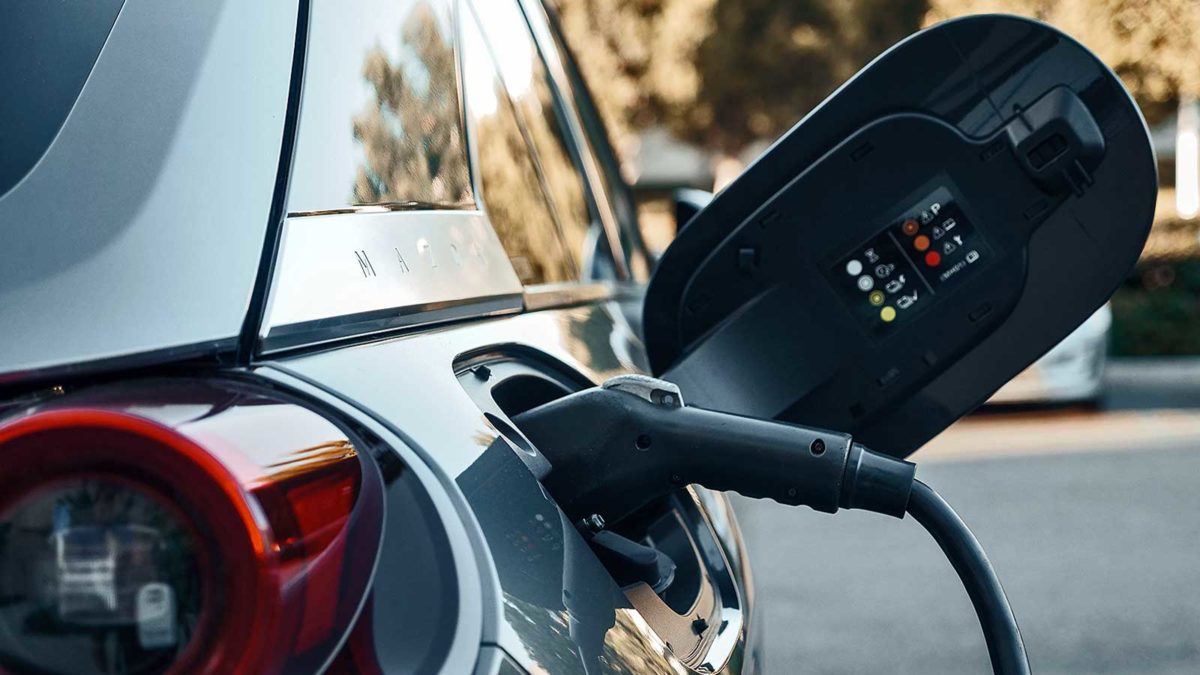Electric vehicle adoption surges during pandemic
From an almost uphill battle, car manufacturers have experienced a massive turn around in electric vehicle (EV) sales over the past two years.
Globally, says the International Energy Agency (IEA), EVs accounted for almost 9 per cent of the car market in 2021, hitting 6.6 million vehicles, which represents a tripling of their market in just two years (those numbers include ‘hybrid’ vehicles.) The IEA estimates that there are about 16 million EVs on the road.
China remains the largest auto market for EVs, the Middle Kingdom led global EV growth in 2021 as sales nearly tripled to 3.4 million. In other words, says the IEA, more electric cars were sold in 2021 in China alone than were sold in the entire world in 2020.
Chinese brands make up roughly 80% of the EV market share, despite only entering the market a few years ago. However, Tesla was the only foreign brand selling the most electric cars, delivering almost 500,000, followed by Volkswagen.
Although sales doubled in the US last year, to almost 657,000 vehicles, that still makes up just 4 per cent of the US passenger-car market.
In Europe, EV sales increased by nearly 70% in 2021 to 2.3 million, about half of which were hybrids. No longer is it a struggle to sell EVs, after rising demand saw sales surge from 4% of the market to 20%. In December 2021, European sales of electric cars surpassed diesel vehicles for the first time, reaching a 21% market share. Norway leads the EV boom, with sales reaching 86 per cent of new vehicles bought last year.
The EV boom is largely being driven by EU regulation and incentives stemming from the pandemic. Carmakers wanting to sell into the European market had to meet EU emissions targets averaged across their fleets in 2020, and this may have pushed sales of low-emission vehicles more than in 2019. EU governments also introduced larger purchasing subsidies on EVs as part of a broader stimulus package to rescue the economy from the pandemic. EVs are now nearing their break-even cost owing to falling battery costs and further innovation expected to offset higher raw materials costs.
Investment director at Capital Group, Julie Dickson, says “the buyer base is also broadening as prices come down and the charging infrastructure is improving. However, the key to cracking mass market adoption of EV is for the industry to create an EV that is as affordable and convenient to own and operate as traditional internal combustion engine (ICE) vehicles.”
Despite all this, speed bumps are causing considerable issues, the main one being the semiconductor shortage. Automakers are trying to vertically integrate or secure supply via partnerships. Dickson also says another challenge is rising demand for EV charging points outstripping supply. She says, “We need to consider the impact of that additional demand on the electrical supply and the grant capacity. As such, governments need to work closely with utilities and auto manufacturers to create a charging network that is fit for purpose. Utilities need to develop a strategic plan to allow and enable greater electricity supply and distribution, as well as the ability for cars to be charged in different places – for example, we need slower charging points in or near home and work, and faster charging points on the road network.”
For traditional auto companies, the transition presents “unique tensions,” she says. “ICEs are extremely complex, but in contrast EVs are mechanically simple with just a battery, electric motor, inverter and a one-speed transmission. This means the fixed cost for producing an EV is much lower than an ICE, making it easier to scale. However, EVs do require investment in software and electronic architecture,” says Dickson.
Over time operating an ICE business becomes more of a disadvantage due to the complexity of having to invest in both ICEs and EVs. Dickson says, “Opportunities exist particularly for tech companies to partner with manufacturers where quality software will become a differentiating factor. EVs that can offer a really good experience in a connected vehicle could be very strong monetisation opportunities for manufacturers. As such, there is an increased likelihood of companies, like Apple, Alphabet and Sony, entering the EV market as they look to provide the software that underpins EVs”
All in all, Dickson agrees “EVs are on the threshold of profitability, and investors can expect to see a broad range of investment opportunities across many industries from this transformational shift. Despite this momentum, solving the challenges on the road to mass market adoption remain the industry’s key challenge to meet.”









